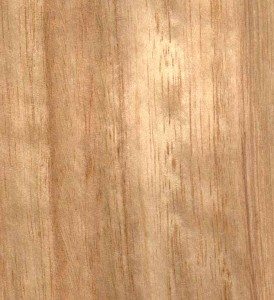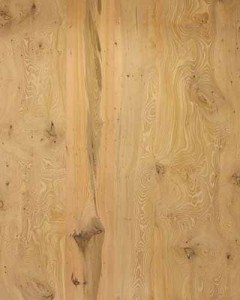European Interior Design Wood Properties
For interior design and decoration european interior design wood is displayed. The properties vary and some are hardwood or softwoods. When using veneers the hardwoods are generally suitable for horizontal surfaces with the softwoods better for vertical and low impact areas. If using european interior design woods on horizontal surfaces then if a softwood ahigh impact polyurthene could be used or a glass top over the wood to reduce or even eliminate the inpact dents and scratches that can occur on table tops. As with all hardwoods European interior design woods take time to grow and are generally more expensive than the faster growing softwoods. For economy using both is an economical way of getting the desired finishes into an interior design without blowing the budget.
Types of European Interior Design Wood
Ash
– Hardwood
– White cream color timber
– Coarse texture
– Irregular grain
– Native of Europe
Uses – ideal for steam bending, veneers, decorative furniture
Chestnut
– Hardwood
– Straw brown color
– Timber has a similar appearance to oak
Uses – steam bending, interior woodwork, paneling and veneers
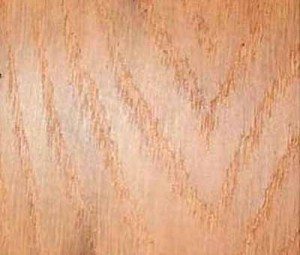
Elm (Wych Elm)
– Hardwood
– Light brown color timber with an occasional green tinge
– It has a straight grain
Uses – veneer, interior joinery
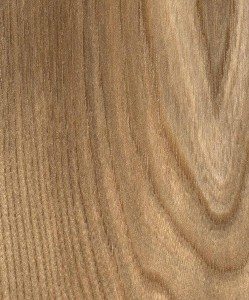
Oak (European)
– Hardwood
– Timber color is yellow/brown
– Visible pattern
– Coarse Texture
– Sometimes silver gray grain
Uses – internal and external joinery, veneers and furniture
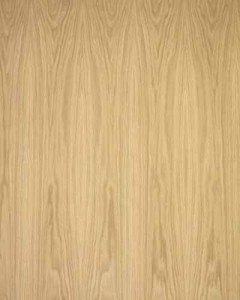
Beech
– Hardwood
– Timber color is a light pinkish brown
– Straight grain fine texture
Uses – ideal for steam bending, furniture, veneers
Larch
– Softwood
– Large Tree 40-60m in height
– Native to North and Central Europe/Russia
– The heartwood is yellowish brown and is non durable
– The Sapwood is a lighter brown
– It has a straight grain
– Is relatively free from knots
– It has a natural resilience to insect and fungal attack
– Has prominent growth rings
Uses – matched lining, rusticated weatherboarding, flooring
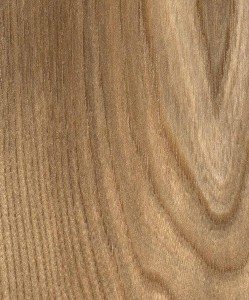
Scots Pine
– Softwood
– The heartwood is dark brown
– The sapwood is close to white
– Straight grain
– Relatively free of knots
Uses – cladding, joinery, flooring, structural work
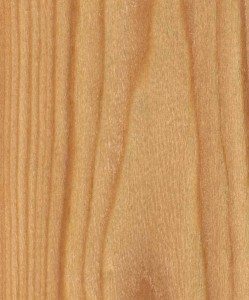
Birch
– Hardwood
– Timber is a white/brown color
– Smooth surface
Uses – very popular for plywood furniture
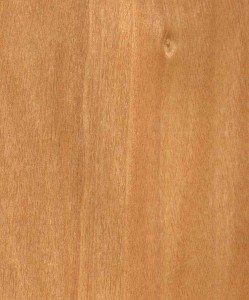
Walnut (European)
– Hardwood
– Timber color is a warm gray brown
– It has very dark markings
Uses – veneers for furniture and paneling
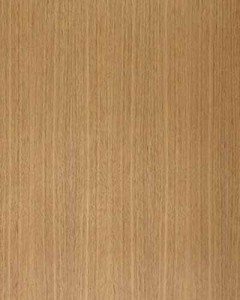
Yew
– Softwood
– Timber color is straw pink
– It has a very wavy grain
Uses – Veneers, furniture and decorative joinery
For more on Interior Design and Decorating Interior Finishes – Types of Timber and Wood select from below.
Pakistan / India / Burma / Sri Lanka / Malaysia / Indonesia
Australia / New Zealand / Pacific Islands
Another source of types of timber veneer
